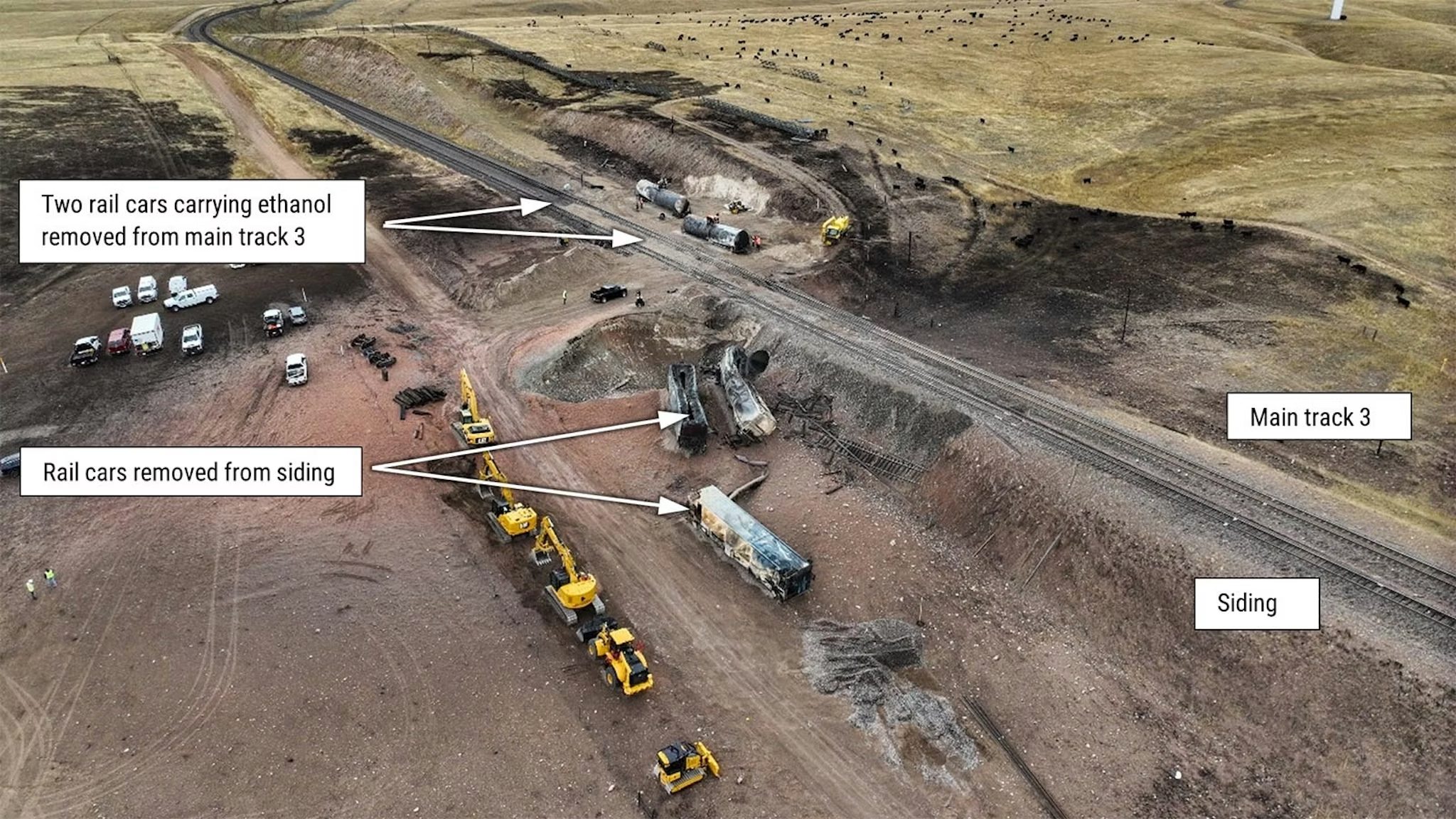Even as interest-rate pressure cools housing and commercial projects, Wyoming contractors are still scrambling for people — just like everyone else. The industry’s labor gap remains wide, with ABC estimating a need for 439,000 additional workers nationwide in 2025, only a notch down from the 2024 shortfall. Nearly eight in ten contractors say hiring is tough, a problem rooted in aging crews, thin vocational pipelines, and tighter immigration. Wages are inching up under that strain, but not as fast as inflation would suggest.
The latest Construction Coverage read of BLS data shows a mixed picture. Nationally, construction and extraction workers earned an average of $63,920 in 2024, up a healthy 21.6% since 2019 in nominal terms, yet down 0.9% once you factor in prices. After a strong start to 2025, median weekly earnings slipped 6.2% from the first to the second quarter, falling from $1,096 to $1,028; on an inflation-adjusted basis, that puts Q2 wages 0.4% lower than a year earlier. Geography matters too. The West Coast continues to punch above its weight with higher, cost-of-living-adjusted pay and real gains since 2019, while states like Illinois still lead on sheer purchasing-power-adjusted dollars despite recent erosion from inflation.
On the ground in Wyoming, the story splits by trade. Cement masons and concrete finishers are the clear winners for wage momentum, with average pay rising from $45,010 in 2019 to $58,220 in 2024 — roughly a 29.3% nominal jump and a 5.4% real gain — across about 750 workers. Electricians have seen solid nominal growth to $72,260 from $60,070 over the same period, but inflation turned that into a modest 2.0% real decline, even as the occupation employs roughly 1,000 people statewide. Construction laborers tell a similar tale: pay moved from $37,260 to $44,590 — about 19.7% nominal growth that nets out to a 2.5% real dip — across a workforce of roughly 560.
What it adds up to is a labor market where pay is rising, but purchasing power is stubborn. If Wyoming wants to keep projects on schedule, higher wages — especially in trades like concrete where real gains are showing — remain the most reliable magnet. The rest will likely depend on rebuilding the pipeline: more training, smarter recruiting, and policies that expand the pool of skilled workers.
Source: Construction Coverage analysis of US Bureau of Labor Statistics data.
With input from Wyoming News Now and WV News.










The latest news in your social feeds
Subscribe to our social media platforms to stay tuned